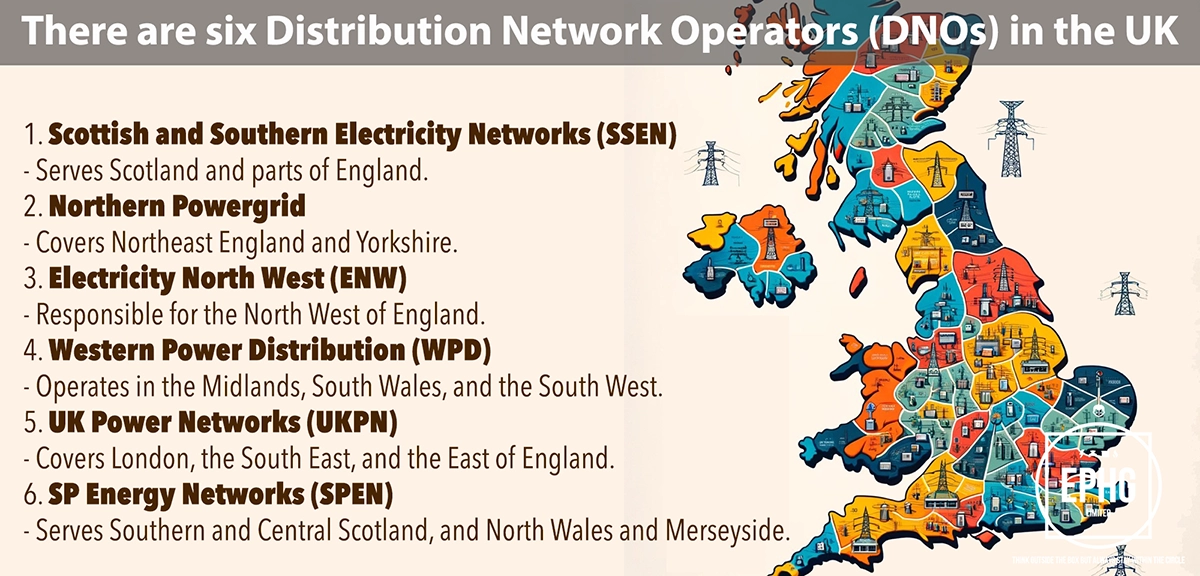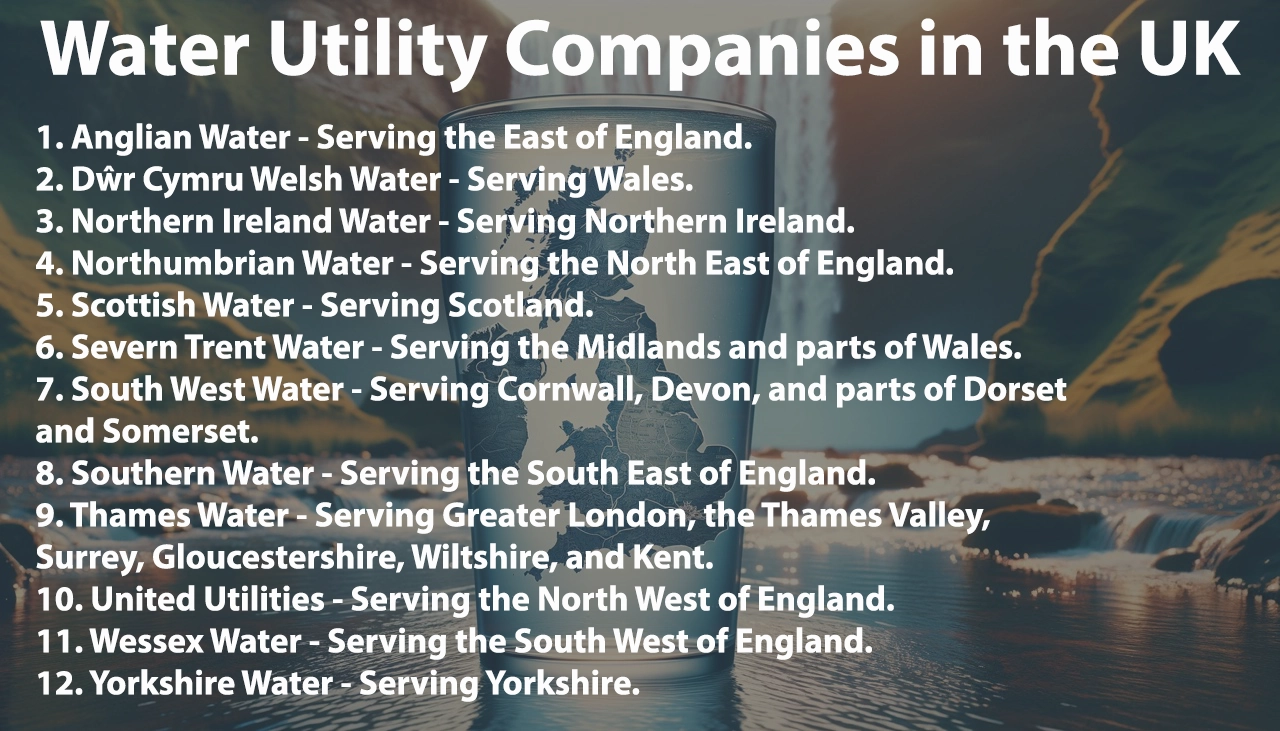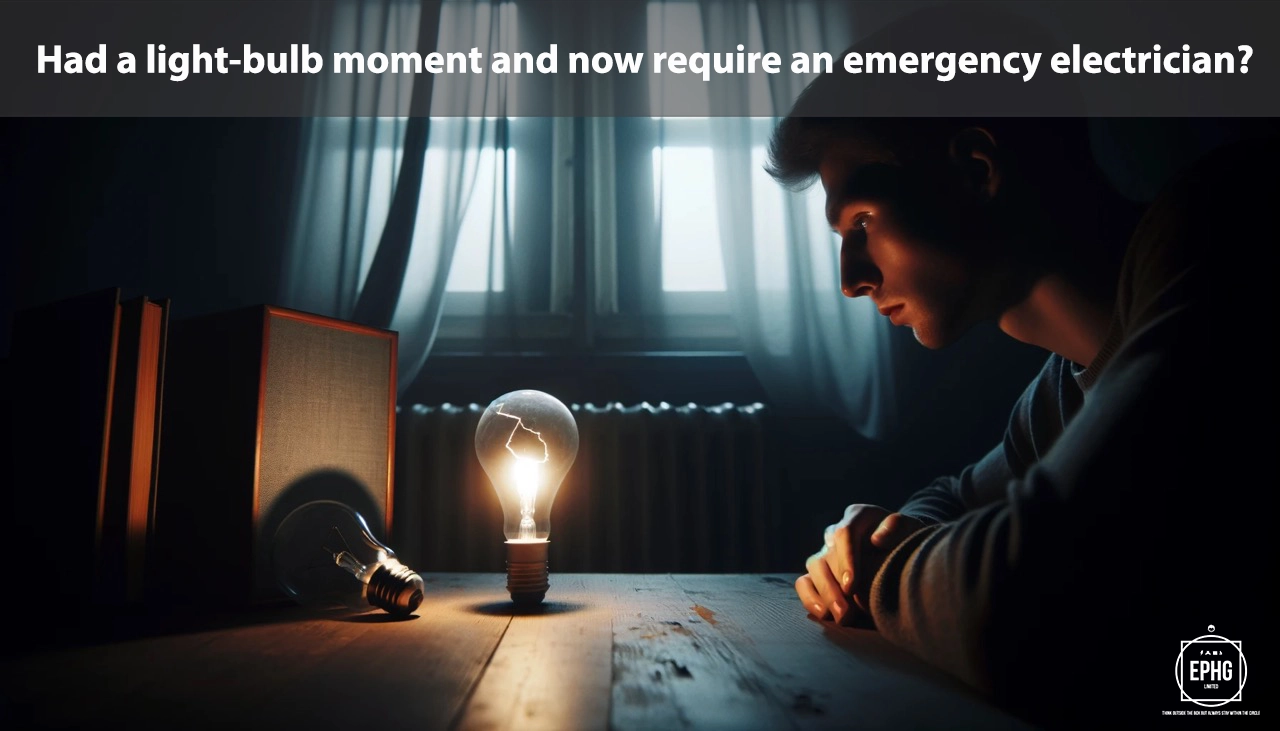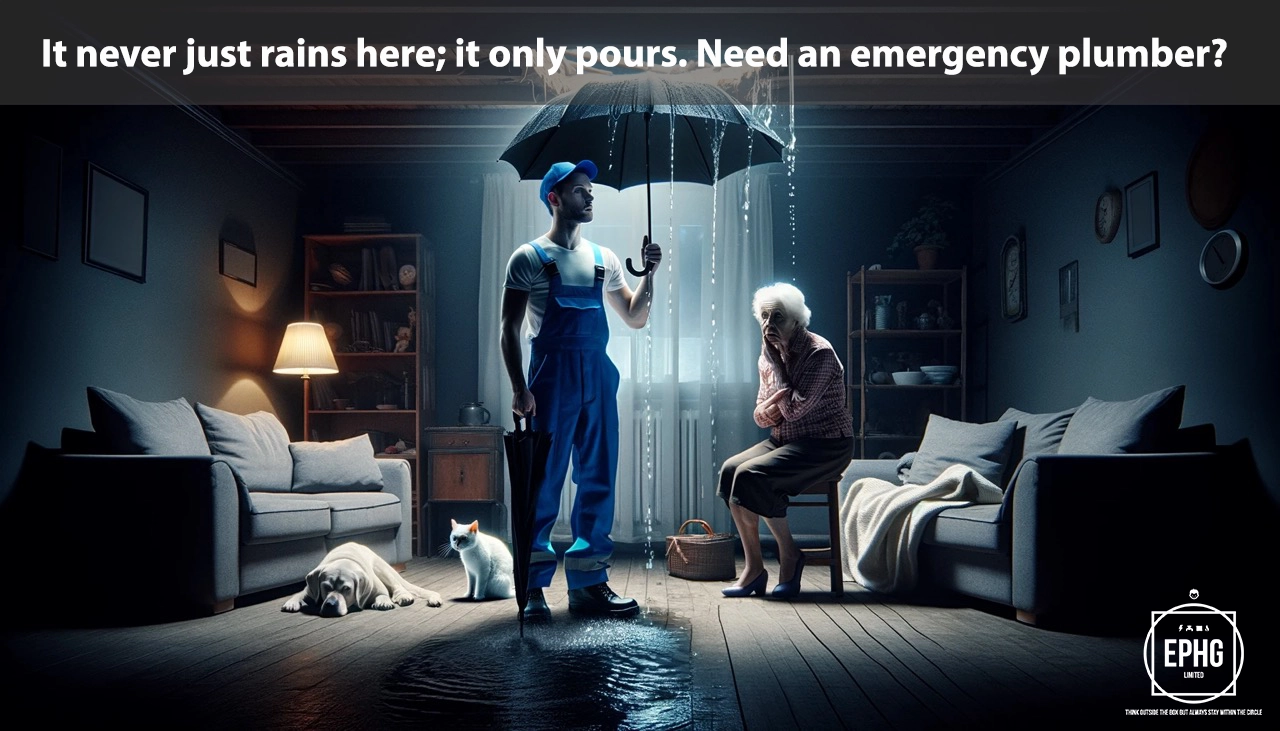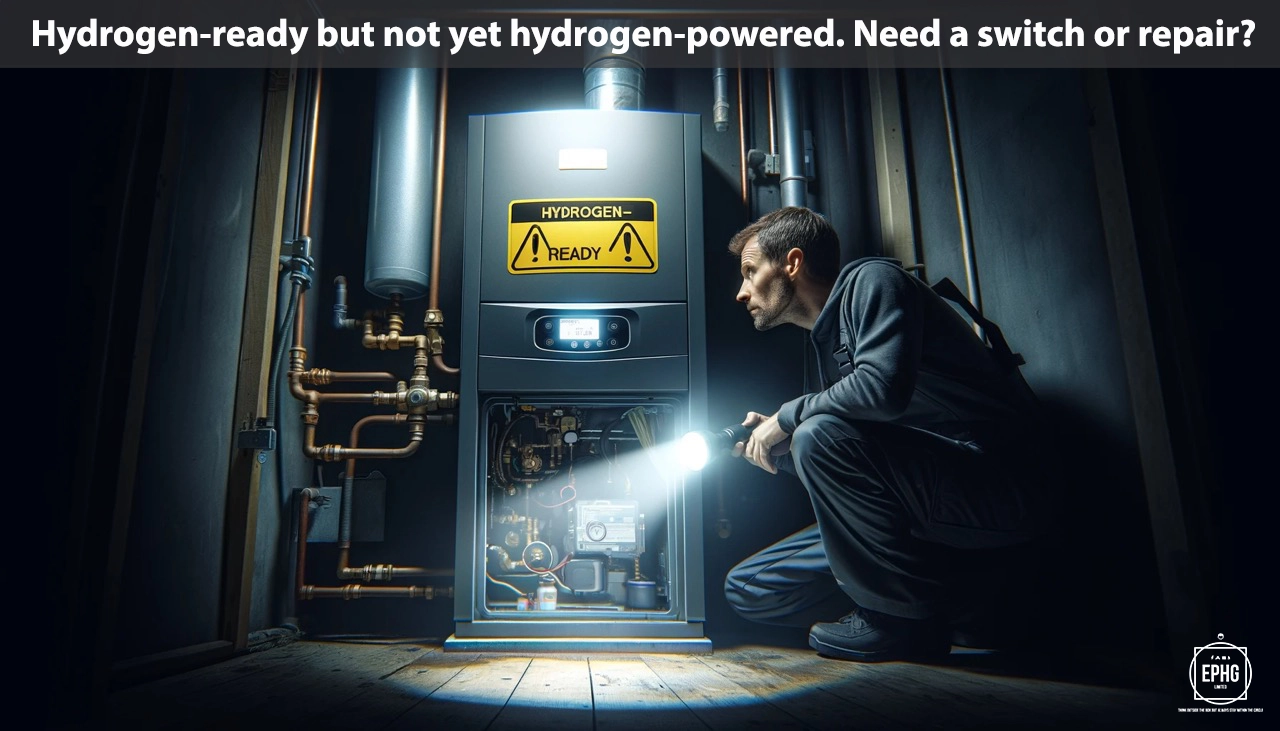
L Postcodes for Utilities & Services in Liverpool
Introduction: The L postcode area, encompassing Liverpool and its surrounding areas, is a vibrant hub of cultural diversity and industrial heritage. Here, we explore essential insights into the utilities and services within the region, particularly focusing on water and electricity provisions.
Water in Liverpool
Where does the water supply come from in Liverpool, and is there ever a shortage of water?
Liverpool's primary water supply is drawn from the River Mersey, along with several reservoirs in the region such as the Lake Vyrnwy in Wales, which is connected to Liverpool via aqueducts. These sources are vital for meeting the city's water needs, supported by advanced treatment facilities to ensure the safety and quality of water distribution. Despite Liverpool's adequate water provision, the area is not immune to the impacts of climate change and the potential for water scarcity. United Utilities, the region responsible for water services, implements rigorous water management strategies to address these challenges, ensuring a consistent supply. Liverpool residents are also encouraged to engage in water-saving practices to support sustainability efforts.
What is the hardness & quality of the water in Liverpool, and can this affect your health?
The water in Liverpool is classified as soft to moderately hard. The softness is attributed to the region's primary water sources, which do not pass through limestone or chalk areas that contribute to water hardness. Soft water is advantageous for household use, reducing lime scale buildup and enhancing the efficacy of soaps and detergents. Liverpool's water quality is closely monitored, adhering to strict regulatory standards to ensure it is safe for consumption. While soft water is generally considered beneficial for skin health, it is essential for residents to maintain a balanced diet to compensate for any minerals not obtained through water. The commitment to maintaining exceptional water quality in Liverpool is paramount, ensuring the health and well-being of its community.
Electricity in Liverpool
Where does the electric supply come from in Liverpool and what is the future of energy there?
Liverpool's electricity is supplied through a diverse mix of sources. Traditionally reliant on fossil fuels, the area has seen a significant shift towards renewable energy to support its growing needs sustainably. Wind power, thanks to the offshore wind farms in the Irish Sea, and solar energy are increasingly significant contributors to the city's energy mix. Liverpool is embracing the transition to green energy, with investments in renewable sources and energy efficiency projects. The city aims to be at the forefront of sustainable urban development, with plans to reduce carbon emissions drastically and become a net-zero city. Future energy strategies in Liverpool focus on harnessing innovative technologies, expanding renewable energy use, and improving energy efficiency across all sectors.
When is hydrogen coming to gas boilers in Liverpool?
Liverpool, in line with national goals for green energy, is exploring the use of hydrogen as a clean alternative to natural gas for heating. The city is part of broader discussions and pilot projects in the UK aiming to transition to hydrogen for residential and commercial heating to cut carbon emissions. Although a specific timeline for widespread adoption in Liverpool is not set, the momentum is building for trials and the eventual rollout of hydrogen heating systems. Residents are encouraged to keep abreast of developments and consider energy-efficient upgrades to their heating systems in preparation for future changes.
Where Does the Wastewater Go in Liverpool
In Liverpool, wastewater management is a critical component of the city's commitment to sustainability and public health. Wastewater from homes, businesses, and industrial activities is collected and treated at several advanced facilities, including the Sandon Dock Wastewater Treatment Works. These facilities employ modern treatment processes to remove contaminants, ensuring the treated water meets environmental standards before being released into the River Mersey. This comprehensive approach to wastewater management reflects Liverpool's dedication to environmental protection, urban cleanliness, and the health of its waterways and coastal areas.
Regions and Services:
The L postcode area is a vibrant blend of urban, suburban, and rural landscapes, each offering unique utilities and services to its residents. Key regions within this area include:
- Liverpool City Centre: The heart of the region, known for its comprehensive utilities development, including state-of-the-art electrical and gas infrastructures, and a focus on sustainable energy solutions.
- Southport, St Helens, and Bootle: Towns that offer a combination of traditional and contemporary services, each with its distinctive character and contributing to the area's rich cultural and industrial tapestry.
- Formby, Crosby, and Kirkby: Suburban and semi-rural areas where community-focused utilities meet the needs of diverse populations, with growing investments in renewable energy sources like solar and wind power to complement existing services.

Regions within the L Postcode
Liverpool City
- L1: Liverpool City Centre, including the commercial, cultural, and business districts
- L2: Liverpool City Centre, particularly the business district
- L3: Everton, Vauxhall, parts of the city centre
- L4: Anfield, Kirkdale, Walton
- L5: Anfield, Everton, Kirkdale, Vauxhall
- L6: Anfield, Fairfield, Kensington, Tuebrook
- L7: Edge Hill, Fairfield, Kensington
Suburbs and Surrounding Areas
- L8: Dingle, Toxteth
- L9: Aintree, Fazakerley, Orrell Park, Walton
- L10: Aintree Village, Fazakerley
- L11: Clubmoor, Croxteth, Gillmoss, Norris Green
- L12: Croxteth Park, West Derby
- L13: Clubmoor, Old Swan, Stoneycroft, Tuebrook
- L14: Broadgreen, Dovecot, Knotty Ash, Page Moss
- L15: Wavertree
- L16: Broadgreen, Bowring Park, Childwall
- L17: Aigburth, St Michael's Hamlet, Sefton Park
- L18: Allerton, Mossley Hill
- L19: Garston, Grassendale, Aigburth
- L20: Bootle, Orrell, Kirkdale
- L21: Ford, Litherland, Seaforth
- L22: Waterloo
- L23: Blundellsands, Brighton-le-Sands, Crosby, Little Crosby, Thornton
- And so on, covering more areas within the L postcode region.
